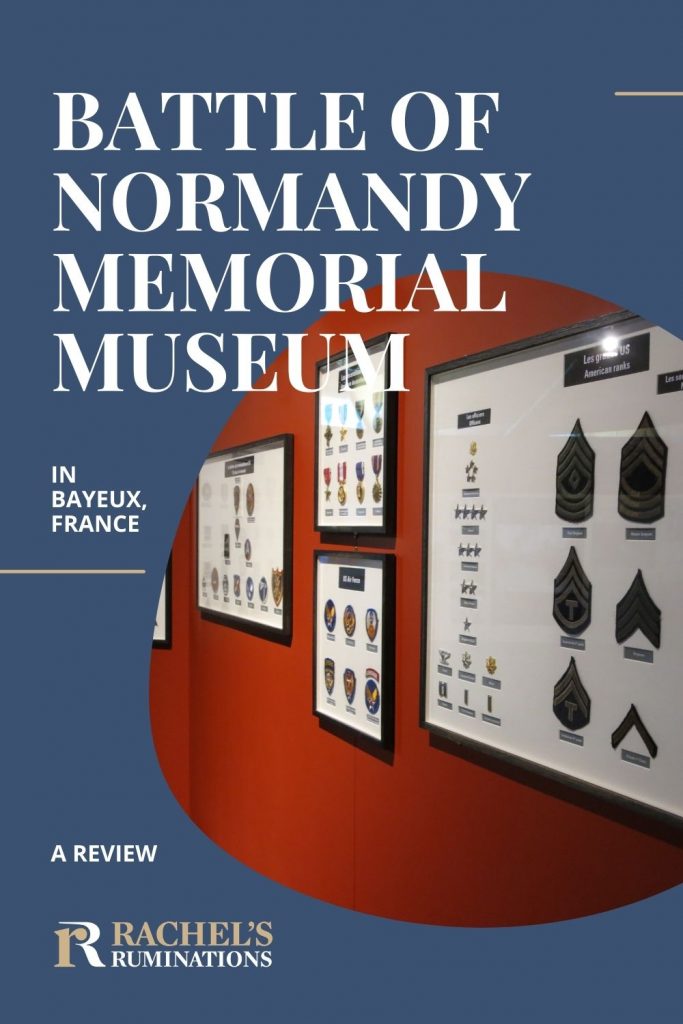The Memorial Museum of the Battle of Normandy: A review
In the same week that I visited the excellent In Flanders Field Museum in Ypres, Belgium, I also saw the Memorial Museum of the Battle of Normandy in Bayeux, France.
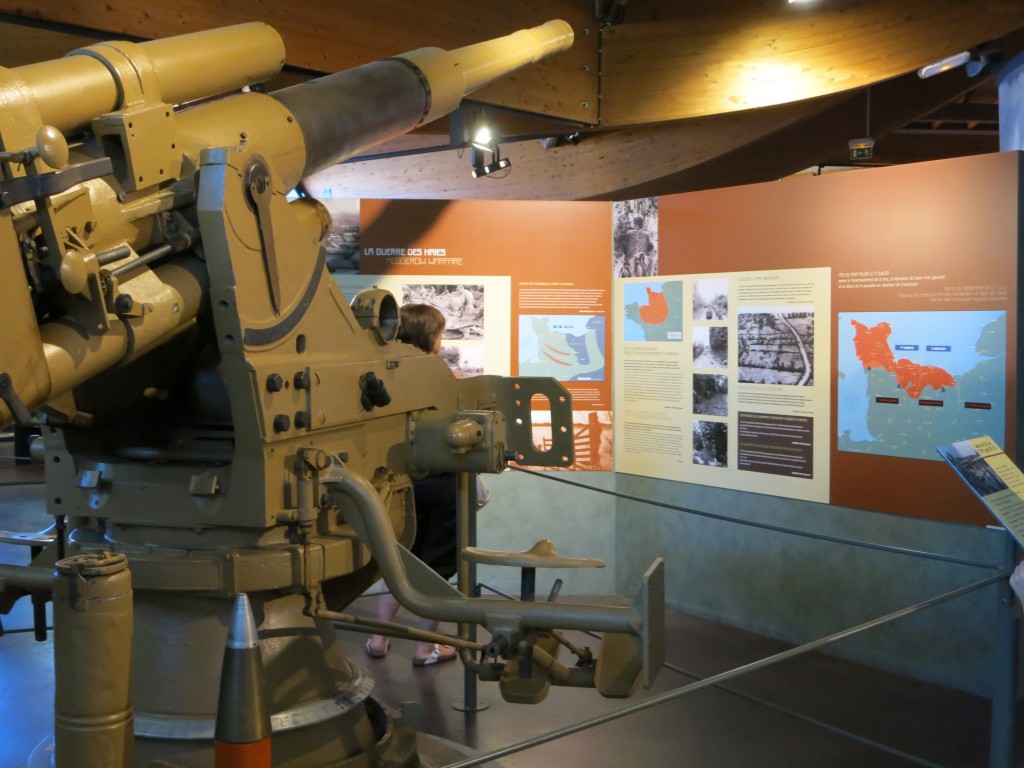
The two museums are quite comparable: the first is about World War I in the Ypres Salient; the second looks at the D-Day invasion of Normandy. But when I say the museums are comparable … well, they’re only comparable in that they both address a particular aspect of a world war.
Disclosure: This article contains affiliate links. If you click on one and spend money, I will receive a small commission. This will not affect your price.
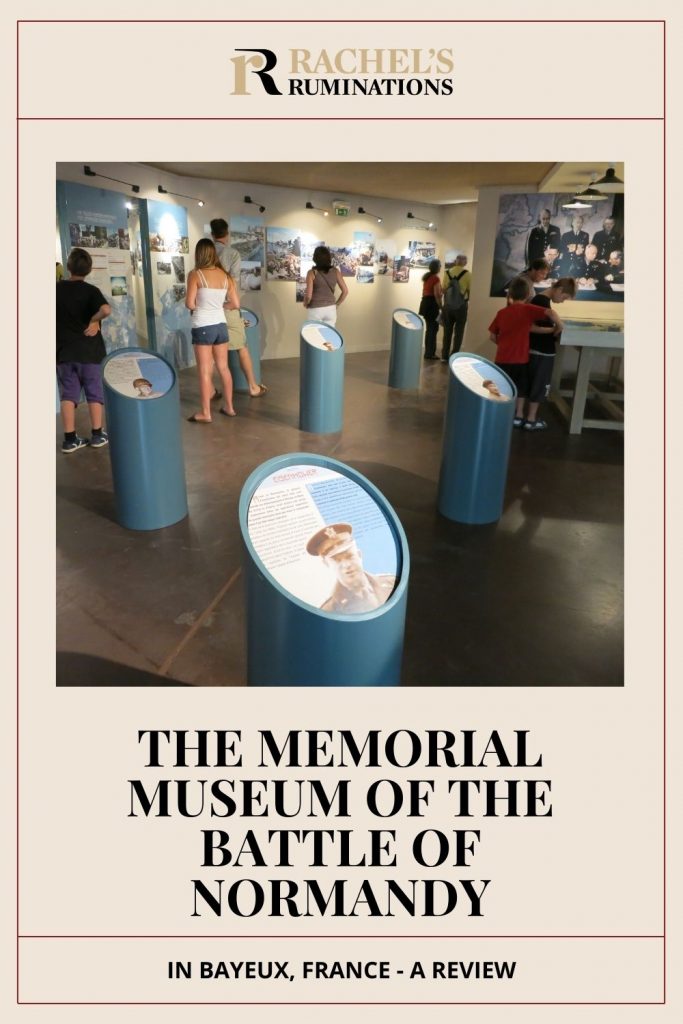
In my article about the In Flanders Field Museum, I wrote: “An effective museum doesn’t just display items drily in glass cases; an effective museum gives those items meaning to the people viewing them. It entertains, but it also makes visitors think. It gives the items an emotional weight.”
The Memorial Museum of the Battle of Normandy does display items drily in glass cases. It did not make me think. It does not lend the information any emotional weight. Disappointing, given that the D-Day invasion was so dramatic.
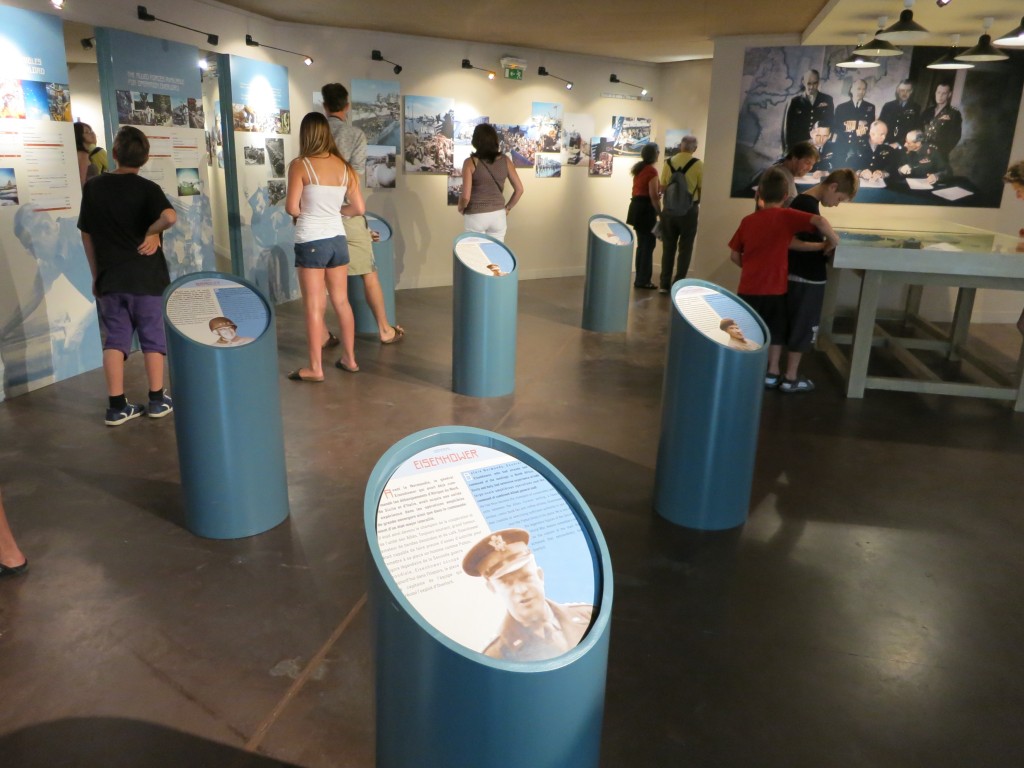
What to see in the Memorial Museum of the Battle of Normandy
What this museum mostly does is to give a historical account of the D-Day invasion in minute detail. There is plenty to read, posted on signs, maps and tables on the walls. These explain every step of the battles following D-Day: troop movements, weapons used, problems overcome, and so on.
There are lots of photographs too, and some short films, but rarely with accompanying explanation. Maybe the explanations are somewhere on all those signs, but I didn’t have the patience to read that much of it. There might, for example, be a photo of a soldier in uniform. But without any explanation of who he was, what he did, and whether he survived, it didn’t mean anything to me.
I saw displays of weaponry, uniforms and so on, but, without any insight into the people who used them, again, they didn’t mean anything to me. The same goes for the hardware on display: tanks, machine guns and so on. There are signs explaining what they are and what they were used for, but very little about the people involved.
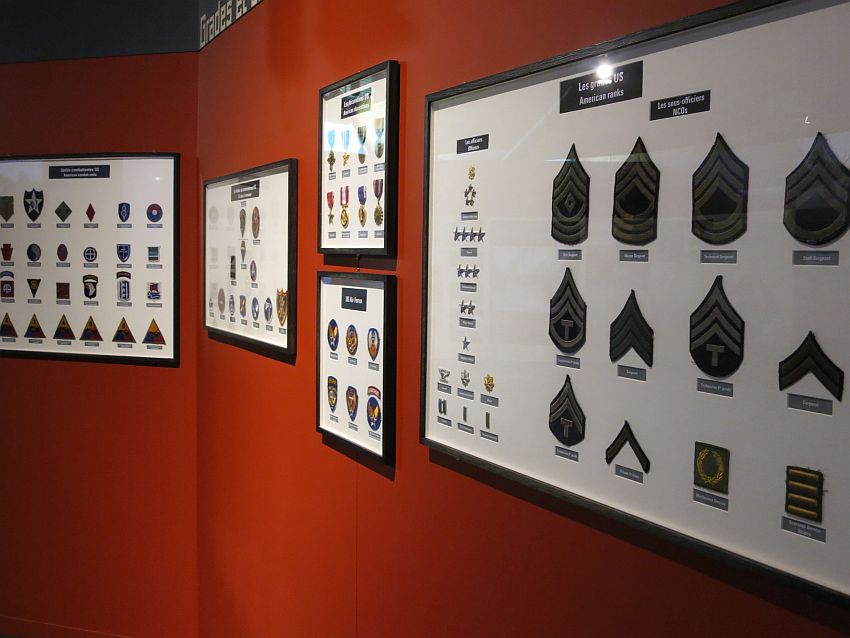
And the displays are almost all static, except for occasional short film clips. There is little that is interactive at all, to allow the museum visitor to actively explore the information.
A museum visit includes a 20-minute film and, in the best tradition of the typical educational film, it explains the troop movements and decisions made by generals, using lots of shots of maps with arrows, interspersed with short film clips of soldiers debarking from ships, airplanes taking off, and so on. I nearly fell asleep.
None of this gives any indication of how it might have felt to be a soldier involved in this operation, or a leader having to make decisions that would affect people’s lives. It is clinical and factual.
Is it worth visiting?
This is not to say that this museum is not worth visiting: it may be.
- If you are interested in learning more about the details of the D-Day invasion, this is a good place to go.
- Certainly if battle strategy fascinates you, you could spend hours here learning about the blow-by-blow strategies used in the Battle of Normandy.
- If your interest is more in the accoutrements of war like uniforms, vehicles and weaponry, this museum would be worth your time.
If you have far more patience than I do to read all of that information, you would very likely enjoy this museum. I didn’t.
You might be better off taking a tour like this one that leaves from Bayeux and covers American D-Day sites.
Or go see the Arromanches 360, an immersive film presentation that gives a much more impactful – but less fact-filled – version of the D-Day landing.
Here are some other museums relating to the D-Day invasion. I haven’t been to any of these, so I can’t make recommendations:
- The Juno Beach Center at Juno Beach focuses on the role of Canadian volunteers in the war.
- The Pegasus Memorial is a museum dedicated to the men of the 6th British Airborne Division.
- The Utah Beach Museum focuses on the American landing at Utah Beach.
- The Museum of the Merville Battery (German bunkers)
- The Radar Museum 1944 in Douvres.
- The Overlord Museum on Omaha Beach.
If you’re planning your vacation around visiting D-Day sites, use the map below to book accommodations. I’ve set it to center on Arromanches, but you can zoom in or out or slide it around to center it where you want to stay.
The Memorial Museum of the Battle of Normandy: Boulevard Fabian Ware, Bayeux, France. Open daily February to April and October to December 10:00-12:30 and 14:00-18:00; May-September 9:30-18:30. Admission: Adults €7.50, children €5.50.
This article was last updated in October 2024.
